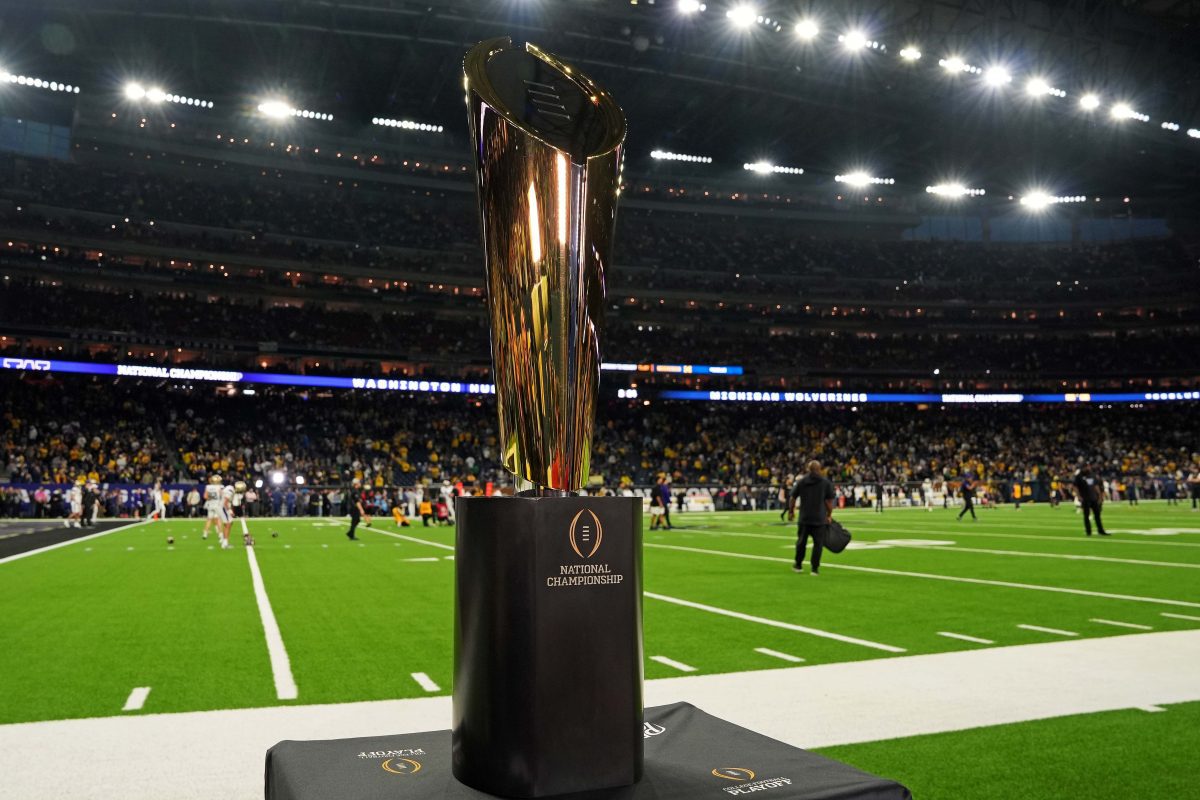REPORT: College Football Playoff Agrees to New Deal with ESPN

As was expected, according to a report from ESPN on Thursday, the College Football Playoff agreed to a new contract with ESPN on Friday that will begin in 2026.
The new contract will introduce terms for a new revenue-distribution model and protections for a future (and yet-to-be-determined) playoff format.
The new agreement, which has been discussed heavily in recent weeks, will widen the financial gap between the Big Ten and SEC versus everyone else. Collectively known as the “Power Two,” the Big Ten and SEC have been flexing their muscles during the negotiation process and appear to have gotten what they were looking for.
Yahoo Sports’ Ross Dellenger reported last week that the new distribution model would heavily benefit the Big Ten and SEC. Now that the agreement has been finalized, they’ll combine to earn about 58% of the CFP’s distribution (29% each). Meanwhile, the ACC and Big 12 will split an estimated 32%. According to Dellenger, the ACC will get 17.1%, while the Big 12 will receive 14.7%.
While the financial aspects of the agreement are now locked in, the actual playoff format has not been finalized. The College Football Playoff will move forward with a 12-team format in 2024 and 2025, but what the Playoff looks like beyond that is still a mystery.
What we do know, according to multiple reports, is that the Playoff will have protections in place, whether the field is 12 or 14 teams. Each of the four major conference champions and the highest-ranked Group of Five champions will have an auto-bid to the new playoff, regardless of format.
Additionally, Notre Dame is expected to have its own protections in a new format, guaranteeing the Irish an at-large bid based on their final CFP ranking, according to Yahoo Sports. It’s worth noting that the ND auto-bid is contingent on the number of auto-bids in a finalized format, though, so that could be subject to change.
Ross Dellenger reports that there are several playoff formats in consideration, with a wide variety of 14-team formats circulating. Among them are:
5+9 Model: Mirrors the current 12-team model but with two additional at-large bids.
3-3-2-2-1+3 Model: Big Ten and SEC (three auto-bids), Big 12 and ACC (two auto-bids), highest-ranked G5 program (one auto-bid), and three at-large bids.
2-2-1-1-1+7 Model: Big Ten and SEC (two auto-bids), Big 12 and ACC (one auto-bid), highest-ranked G5 program (one auto-bid), and seven at-large bids.
It could take quite some time before the new model is finalized, but it seems very likely that the future is 14 teams. Is more teams a good thing, or does it water everything down? Hop in on the discussion, and let us know what you think in our members’ forum!
























